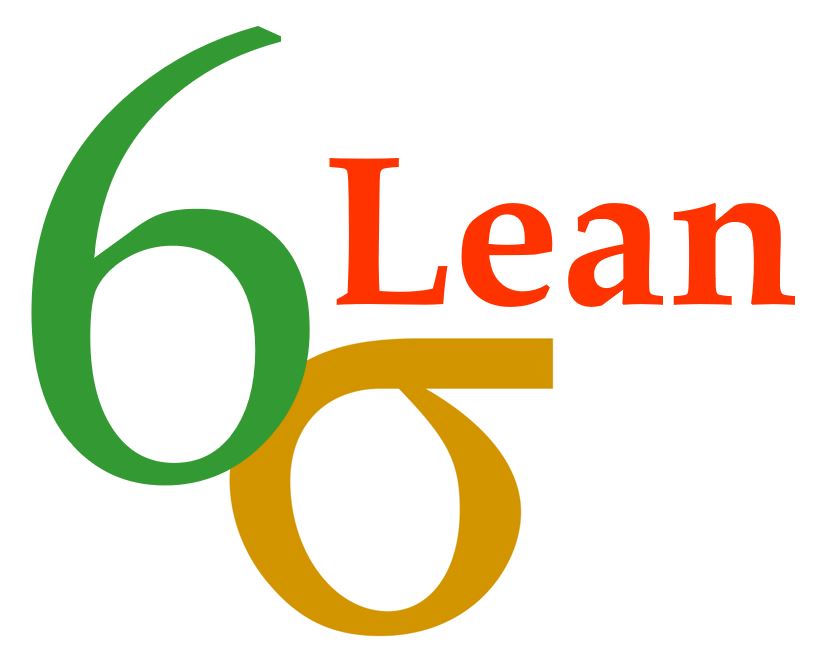What is Lean Six Sigma in Maryland?
Contact Us

Before you decide to implement this process improvement methodology, answering the question of “what is Lean Six Sigma?” is the best move you can go for. The basic about it lies in its goals to improve processes but it is unique in the way of how it helps companies to achieve it.
Instead of adding more elements to processes, it is aimed to eliminate waste and problems along with variations and defects. In this way, organizations are able to be more efficient, achieve faster results, and even improve working conditions for their employees.

Although it is not the only process improvement methodology, the methods, tools, and philosophies it involves, make it more efficient compared to other alternatives. And there are no special requirements for companies to implement it but rather every industry can integrate it to achieve the previous results and bring more benefits.
Now, there is more to it than just this general concept and description. Lean Six Sigma actually combines tools, methods, and principles from 2 other process improvement methodologies: Lean and Six Sigma—from where its name comes.
What Is Lean?
Lean is a method that was developed to reduce waste within a company no matter its size or type. To do this, you need to go through an identification process where you understand your production and determine what type of waste is affecting each step to obtain the products or services. But what is considered waste within your processes? This is the most common question.
The methodology establishes that anything that makes processes more inefficient or expensive is considered to be unnecessary for the company. This is why the waste you can find comes in 7 types:
- Defects.
- Overproduction.
- Transportation.
- Unused talent.
- Inventory.
- Mobility.
- Waiting.
You will not find all of them in every company or organization, but between 3 to 5 are very common.

Now, Lean has its own principles and tools as the individual methodology it is, and they are included in Lean Six Sigma as the contribution to this main method. The principles of Lean consist of five:
- Value: it is defined by the customers’ needs for specific products or even services. It is determined by focusing on aspects such as the timeline for manufacturing and delivering results, the price, and more.
- Value stream: when the value is defined, the company “draws” a map of the production and all the processes involved in it to identify the waste in each step and start removing it.
- Flow: once the waste is removed, it is required to focus on the flow of the remaining processes and how they are performing.
- Pull: this means the company reaches the phase of manufacturing and processing services and products that are wanted by the customers instead of investing in creating some and hoping someone decides to acquire them.
- Perfection: continuously improvement in your processes by assessing the value stream often and guarantee all waste remains removed is the final Lean principle.
With Lean covered, we are just missing the Six Sigma methodology and its contribution to LSS. 6 Sigma is the methodology that focuses on identifying problems and eliminating variations. To do this, it provides and comes with several tools that are used according to the situation of the company working with it. But the common one that all organizations need to use is the five-step DMAIC process where each letter stands for a step: The principles of Six Sigma—on the other hand—are the ones that most companies will read about once getting introduced to Lean 6 Sigma. Therefore, you can take them as the main ones and include Lean principles later on: By knowing the basics and essentials of both methodologies, you will notice Lean Six Sigma is just the best of both worlds. Instead of implementing each methodology individually, companies can go for an entire integration and achieve waste reduction and eliminate variations at the same time. Actually, it is more efficient to have both approaches at once to be able to work on the problems affecting the company’s performance and efficiency. They complement each other, and the combination is as simple as taking all the principles, tools, and concepts to implement them in an organization. The real difficulty to adopt Lean Six Sigma is to understand how it properly works and how it is implemented depending on the company’s needs and objectives. At Lean Six Sigma Experts of Maryland, we not only provide information just like the one we have given you so far. We also help organizations to work with LSS and integrate it into their processes. Therefore, if you decide to opt for its implementation after knowing how it can help with process improvement and other objectives, we will be more than happy to help you with it. Our experts are also able to deliver training for anyone who wants to learn about Six Sigma and have more benefits for their professional careers or have more work opportunities. We will teach you everything about how Lean and Six Sigma get into one methodology and are able to make processes more efficient, faster, and productive. Companies will only obtain benefits from it, which include natural process improvement, waste reduction, and elimination of waste. But also, they will be able to obtain services and products that are valuable for their clients and stay competitive in the industry and market they are part of. Meanwhile, individuals that take the step to learn about Lean 6 Sigma will have benefits such as: By keeping this in mind, we are confident you will understand that LSS is one of the best investments, and we are here to help you to make it possible.
What Is Six Sigma?
How Are Lean & Six Sigma Combined?
Should You Invest in LSS?
There are so many areas or regions where we offer these services with most of them being cities.
However, if you need any of these services, you need to contact us. The list below comprises the areas where we offer these services.

